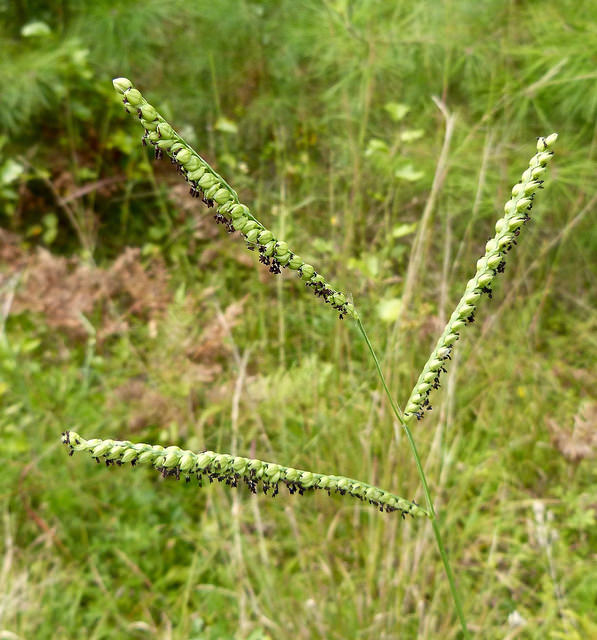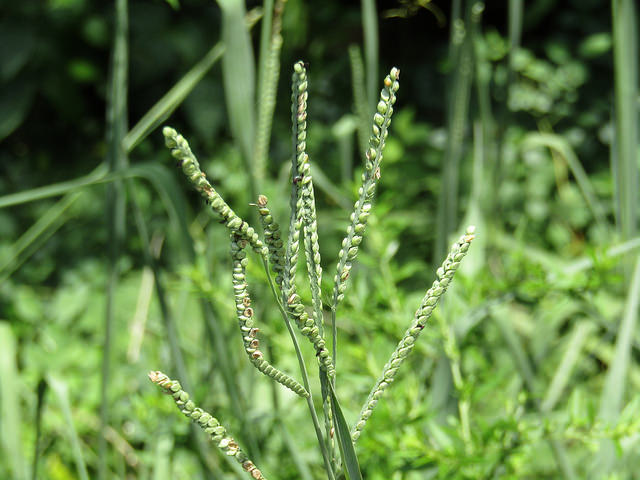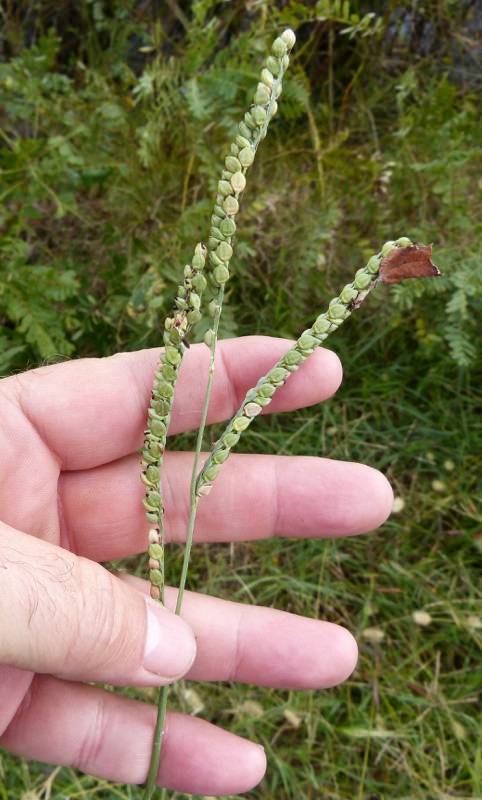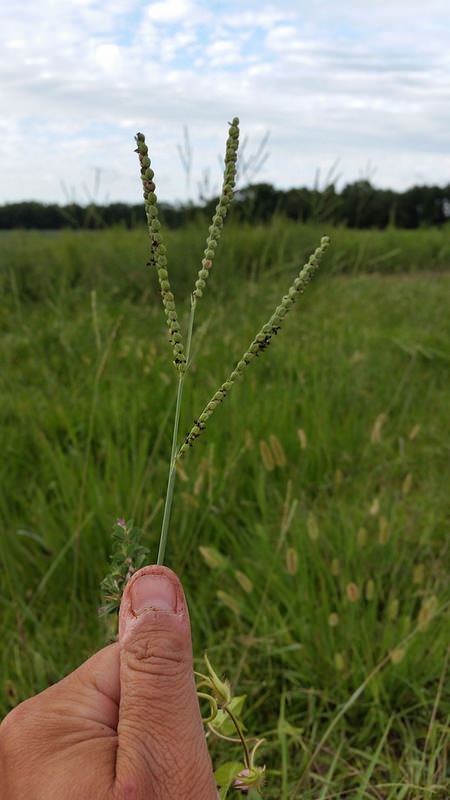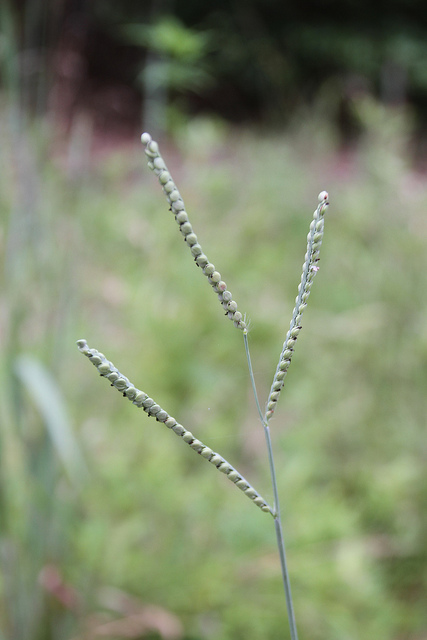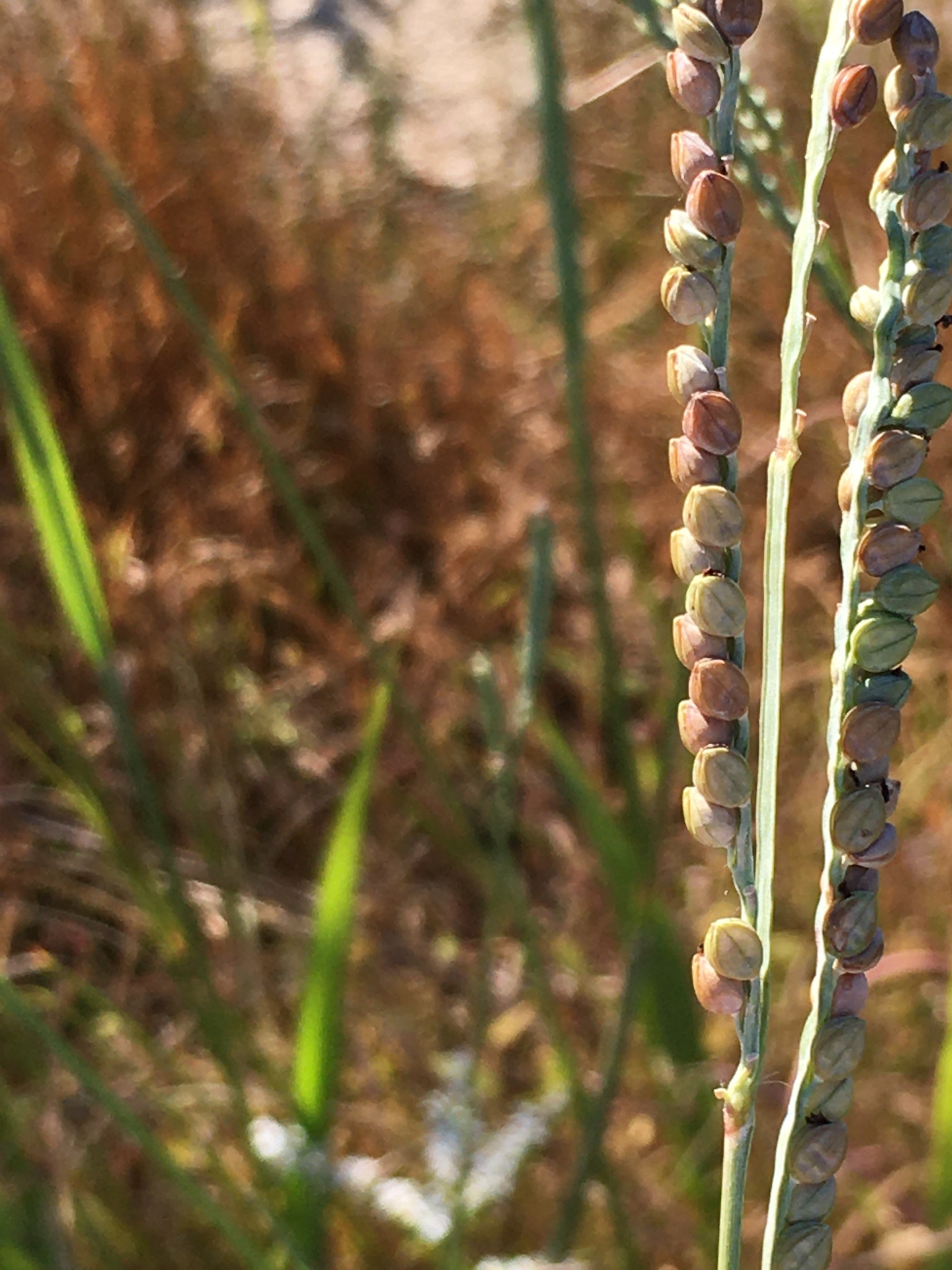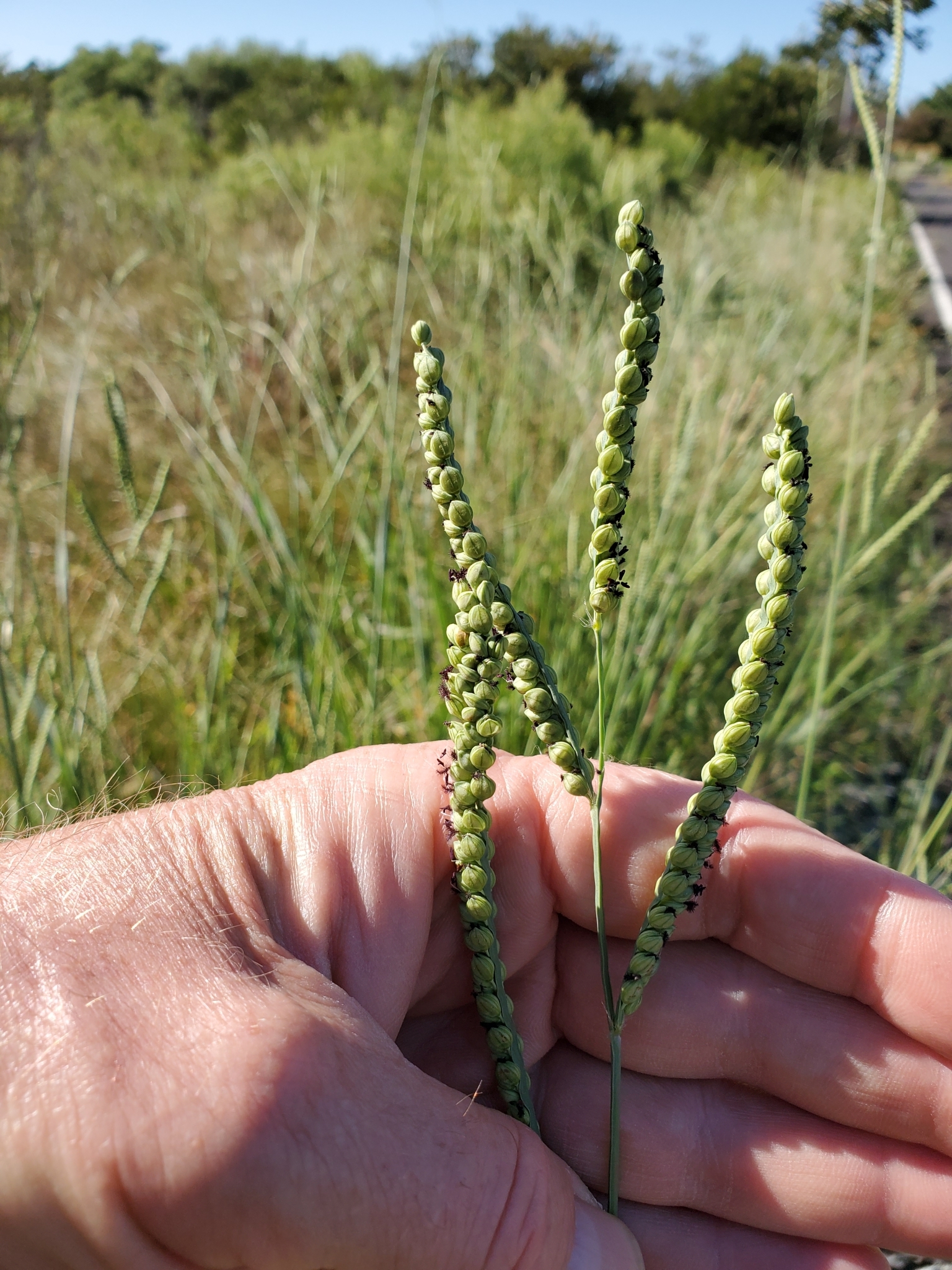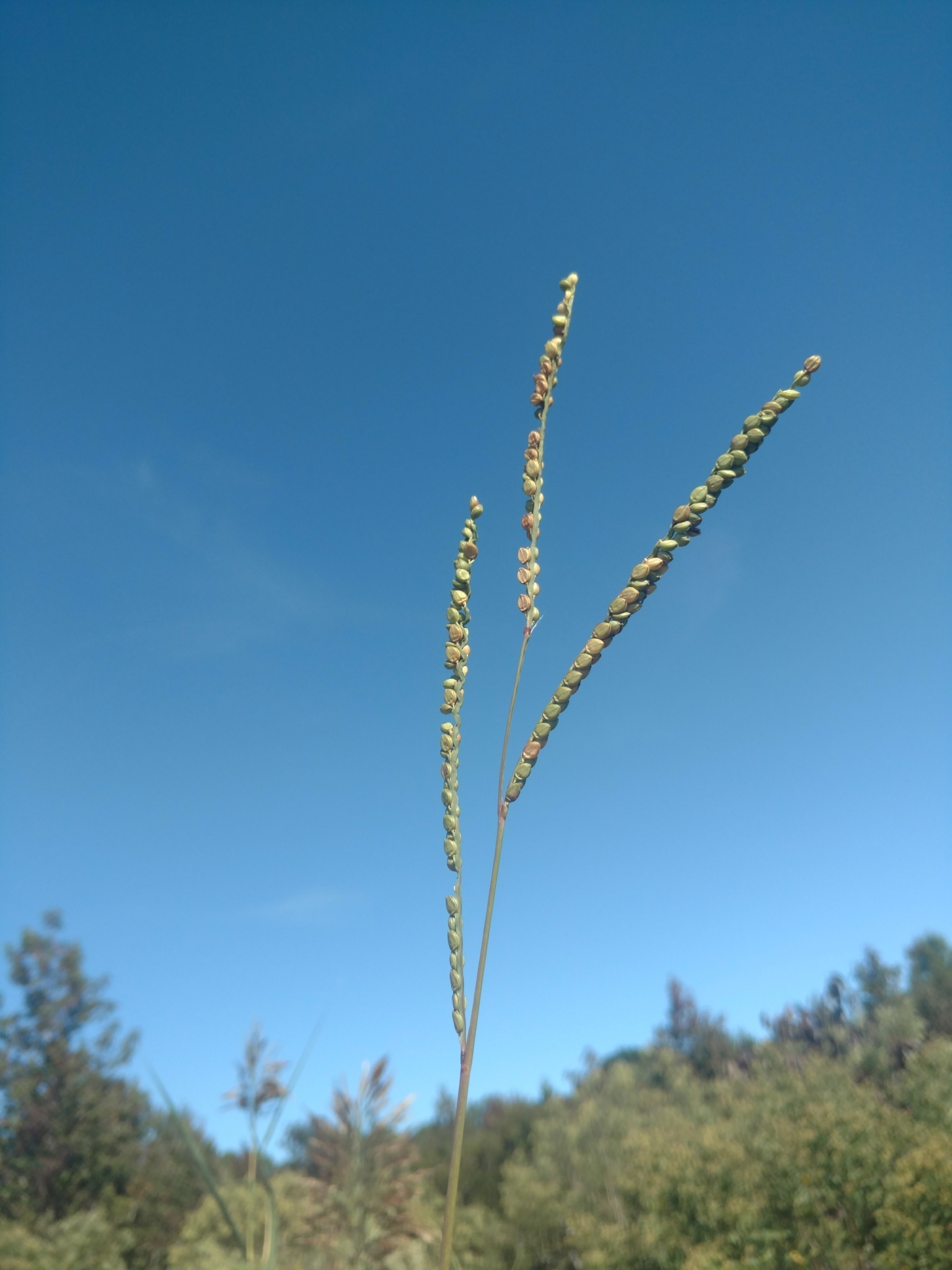Map Snapshot















198 Records
Seasonality Snapshot
Use of media featured on Maryland Biodiversity Project is only permitted with express permission of the photographer.
Florida Paspalum in Dorchester Co., Maryland (8/27/2015).
View Record Details
Media by
Jim Brighton.
Florida Paspalum in Anne Arundel Co., Maryland (8/16/2016).
View Record Details
Media by
Wayne Longbottom.
Florida Paspalum in Kent Co., Maryland (10/4/2015).
View Record Details
Media by
Jim Brighton.
Florida Paspalum in Caroline Co., Maryland (9/3/2016). Identified by Jim Brighton.
View Record Details
Media by
Bill Hubick.
Florida Papsalum in Prince George's Co., Maryland (8/15/2013).
Media by
Jim Stasz.
Florida Paspalum in Dorchester Co., Maryland (10/10/2019). (c) rceaton, some rights reserved (CC BY-NC).
View Record Details
Media by
rceaton via iNaturalist.
Florida Paspalum in Talbot Co., Maryland (9/21/2020). (c) Wayne Longbottom, some rights reserved (CC BY-NC).
View Record Details
Media by
Wayne Longbottom.
Florida Paspalum in Calvert Co., Maryland (9/20/2020). (c) tomfeild, some rights reserved (CC BY-NC).
View Record Details
Media by
Tom Feild.
Florida Paspalum in Anne Arundel Co., Maryland (9/27/2020). (c) Wayne Longbottom, some rights reserved (CC BY-NC).
View Record Details
Media by
Wayne Longbottom.
Source: Wikipedia
| Paspalum floridanum | |
|---|---|

| |
| Culm | |

| |
| Leaves | |
| Scientific classification | |
| Kingdom: | Plantae |
| Clade: | Tracheophytes |
| Clade: | Angiosperms |
| Clade: | Monocots |
| Clade: | Commelinids |
| Order: | Poales |
| Family: | Poaceae |
| Subfamily: | Panicoideae |
| Genus: | Paspalum |
| Species: | P. floridanum
|
| Binomial name | |
| Paspalum floridanum | |
Paspalum floridanum is a species of grass known by the common name Florida paspalum. It is native to the eastern United States.[1]
This rhizomatous perennial grass has stems which can exceed two meters in height. The leaf blades are up to 52 centimeters long and may be hairless to hairy, with a dense coating of hairs behind the ligules. The inflorescence is a panicle with up to 6 branches. The paired spikelets are generally oval in shape and measure a few millimeters long.[1]
This grass grows in disturbed, wet habitat types such as ditches. It grows in woods and marshy areas.[2]
The seeds provide food for birds.[3]
References
[edit]- ^ a b Paspalum floridanum. Archived 2012-12-12 at archive.today Grass Manual Treatment.
- ^ Paspalum floridanum. USDA NRCS Plant Guide.
- ^ Paspalum floridanum. USDA NRCS Plant Fact Sheet.
